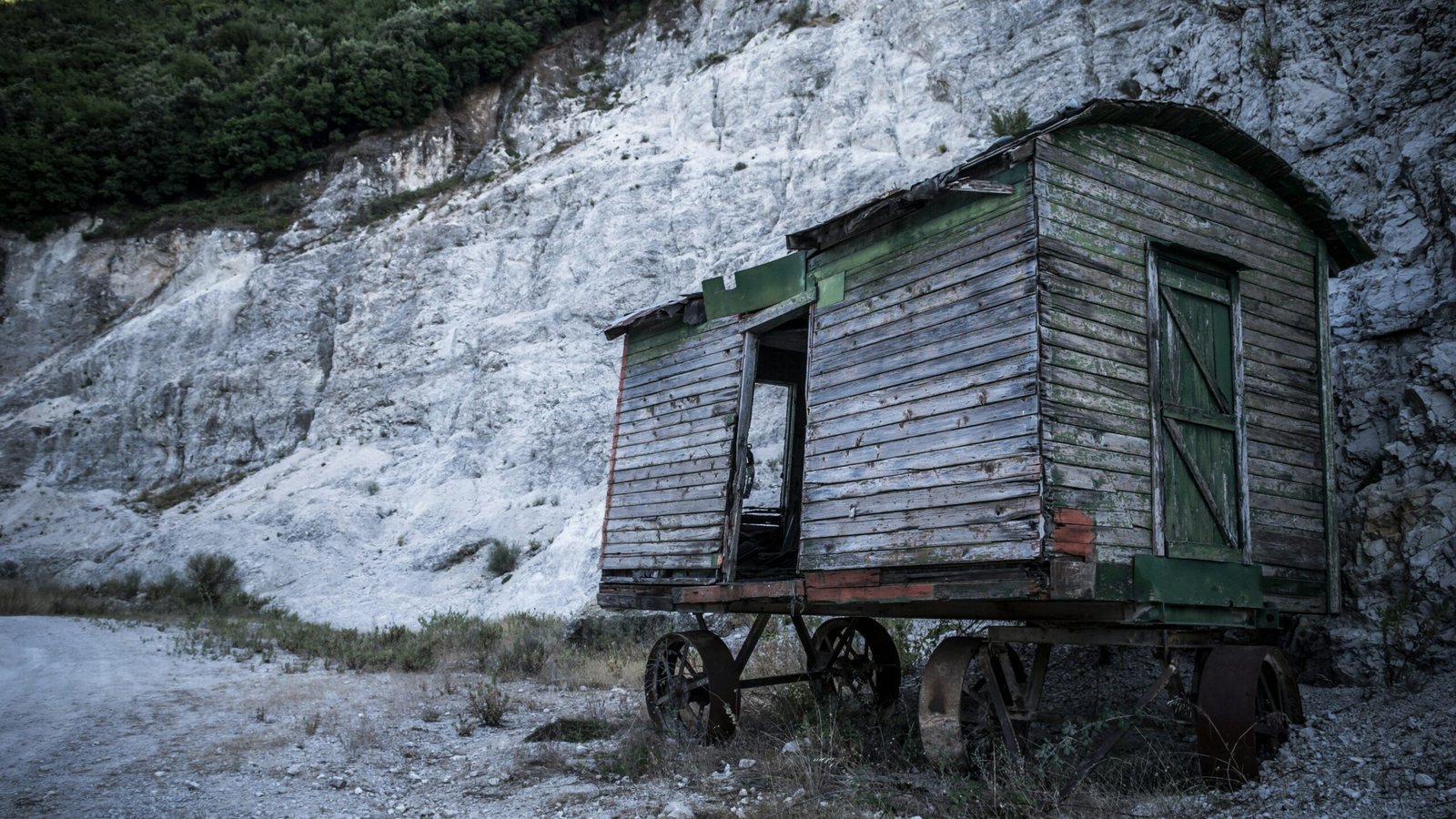World
2 weeks ago
Understanding the Number of Weeks in a Year
World
2 weeks ago
















Global developmental delay (GDD) affects children under five who experience significant lags in two or more developmental areas. Early recognition and targeted support can profoundly influence a child’s trajectory, fostering…

Small Business Coaching – The Catalyst for Growth What Is Small Business Coaching? Small business coaching is a structured partnership between an entrepreneur and a seasoned professional. Unlike traditional consulting,…

The Basics of Time Measurement Time measurement is a crucial aspect of our daily lives, helping us understand and organize various activities and events. The basic units of time are…

Introduction: What Are Lync Conf Game Mods? Gaming has evolved significantly in recent years, with players seeking more control over their gaming experiences. One of the best ways to enhance…

As businesses continue to shift towards a more digital landscape, the importance of local SEO cannot be overstated. Whether you’re a small business or a large corporation, being visible in…

Hair growth and thickness are often key concerns for individuals looking to enhance their appearance and confidence. Using the right oils can significantly contribute to improving the health of your…